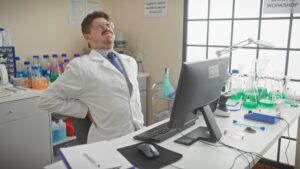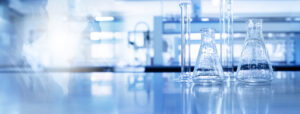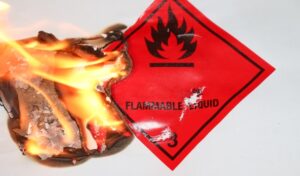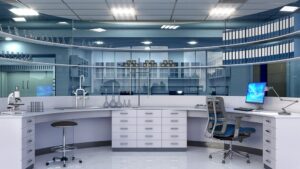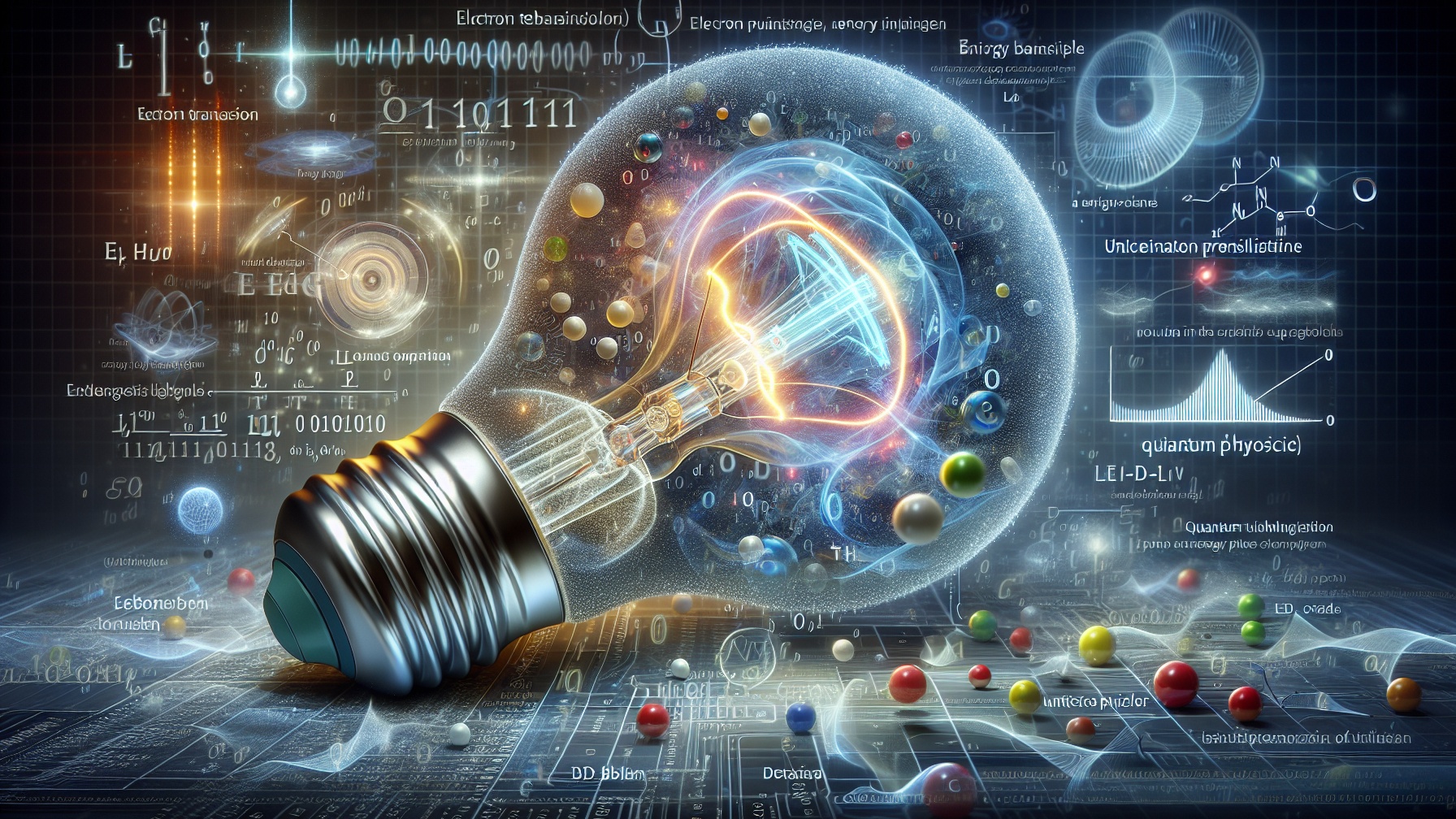
Proper lighting is a critical yet often overlooked component in research laboratories. The right laboratory lighting setup can significantly impact the accuracy of experiments, the safety of researchers, and the overall efficiency of the workspace.
From chemical research to clinical diagnostics, each type of lab has its unique requirements, making it essential to tailor lighting solutions to specific research environments.
In this article, we’ll explore how to optimize lighting to meet diverse research needs. Whether you’re managing a chemical lab requiring precise visibility or a biological lab sensitive to heat emissions, we’ll guide you through the factors to consider, the latest technologies, and best practices for creating a well-lit, effective workspace.
Understanding Laboratory Lighting Basics
Creating the ideal lighting environment for a laboratory starts with understanding the fundamental aspects of lighting. This section will cover the types of laboratory lighting commonly used, various light sources, and key considerations to keep in mind when planning a lighting setup.
Types of Lighting
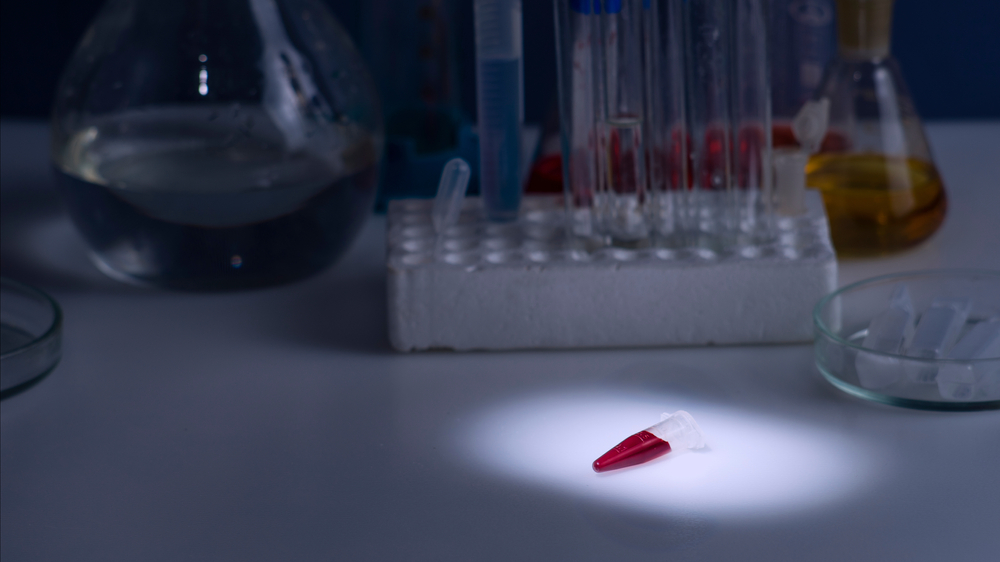
1. Ambient Lighting
Ambient lighting provides the general illumination required for the lab. It creates a comfortable level of brightness, allowing researchers to move around safely and see clearly without harsh shadows or intense glare. Common sources include overhead fixtures such as LED panels or fluorescent tubes.
2. Task Lighting
Task lighting is more focused and localized, used to illuminate specific areas where detailed work is performed. Adjustable desk lamps, under-cabinet lighting, and magnifying lamps are popular choices. This laboratory lighting type is essential for reducing eye strain during precision tasks.
3. Accent Lighting
Although less common in laboratories, accent lighting can play a role in highlighting important areas or instruments. It’s useful for showcasing equipment displays or providing additional light in critical zones that need extra visibility.
Laboratory Lighting Sources
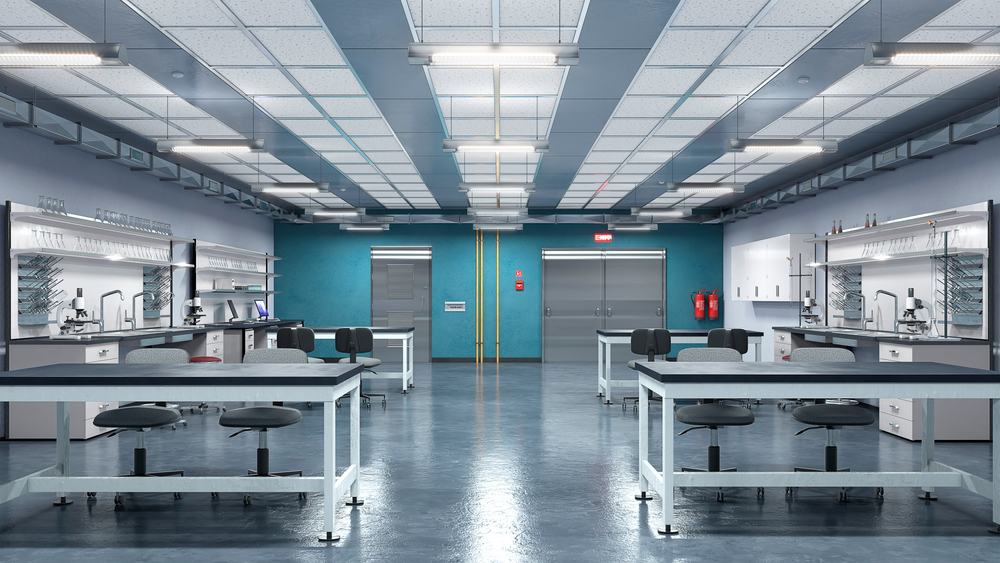
1. Fluorescent Lighting
Long the standard lighting in many labs, fluorescent lights are known for their cost-effectiveness and decent energy efficiency. However, they can sometimes create unwanted glare or flicker, which might not be ideal for certain sensitive tasks.
2. LED Lighting
LEDs are becoming the preferred choice of laboratory lighting for modern labs due to their energy efficiency, long lifespan, and customizable color temperatures. They produce less heat, making them suitable for environments sensitive to temperature changes.
3. Halogen Lighting
Known for their bright and crisp light, halogen bulbs are sometimes used for task lighting. They offer excellent color rendering but tend to generate more heat, which can be a problematic laboratory lighting option in temperature-sensitive environments.
4. Natural Lighting
Whenever possible, incorporating natural light can be beneficial for reducing energy costs and creating a more comfortable atmosphere. However, managing glare and heat from sunlight is crucial to ensure a consistent lighting environment.
Key Considerations for Laboratory Lighting
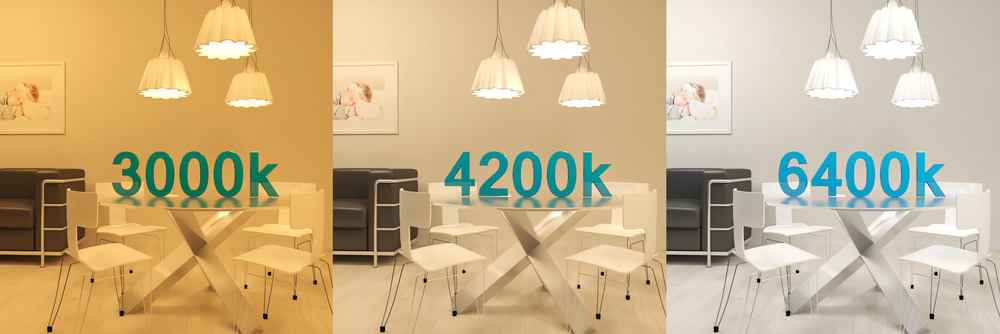
1. Color Temperature
Measured in Kelvin (K), color temperature determines the warmth or coolness of the light. Labs generally benefit from cooler temperatures (4,000K to 6,500K) for a crisp, daylight-like effect that enhances visibility and reduces eye strain.
2. Brightness (Lumens)
The intensity of the light is measured in lumens. Laboratories typically require high-lumen lighting to ensure sufficient illumination, especially in work areas where detail is crucial. When it comes to laboratory lighting, striking the right balance between brightness and comfort is essential.
3. Color Rendering Index (CRI)
CRI measures a light source’s ability to accurately render colors compared to natural light. A high CRI (above 85) is crucial for tasks that rely on color accuracy, such as chemical analysis or clinical diagnostics.
Understanding these basics is the first step in creating an optimal laboratory lighting environment that enhances safety, precision, and efficiency in any lab setting.
Lighting Needs for Different Types of Research
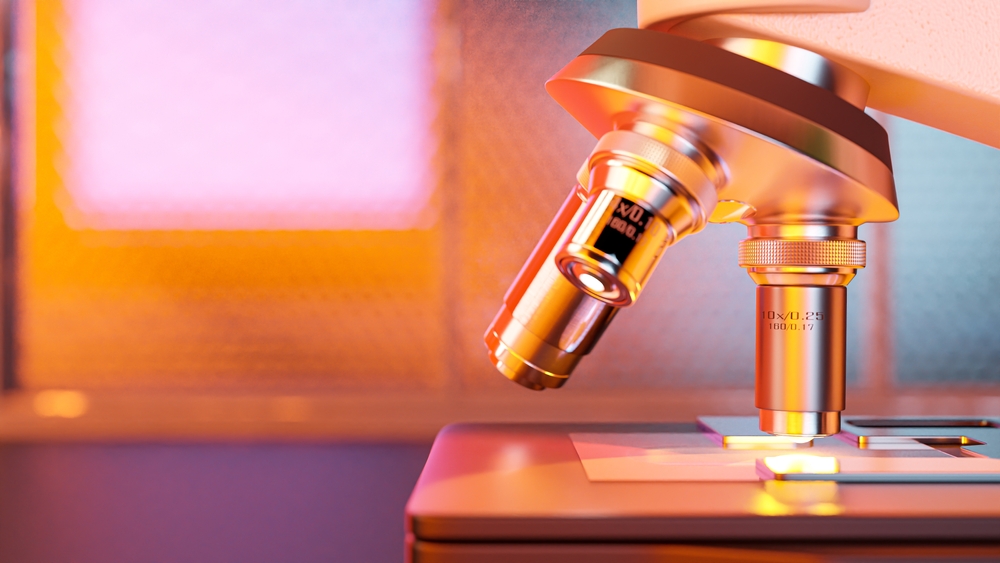
Every research laboratory is unique, with specific lighting requirements that depend on the type of work being conducted. Proper laboratory lighting enhances visibility, ensures safety, and supports the accuracy of experiments. Below, we’ll explore the distinct lighting needs of various lab environments.
Chemical Laboratories
Chemical labs often involve handling hazardous substances, requiring precise laboratory lighting to ensure safety and accuracy.
Bright, shadow-free lighting is crucial to minimize errors and enhance visibility when working with dangerous chemicals.
LED lighting with high brightness and cool color temperatures is recommended, as it reduces glare and generates less heat. Additionally, proper task lighting at workbenches can aid in detailed measurements and safe chemical handling.
Biological Research
In biological research labs, lighting must be carefully managed to prevent heat emissions that could impact sensitive specimens.
Low-heat light sources, such as LEDs, are ideal, particularly those with adjustable brightness and color temperatures to match the needs of different experiments. Soft, even laboratory lighting is preferred to avoid stress on biological samples, and light shields can be used to block out excess light in areas where darkness is required.
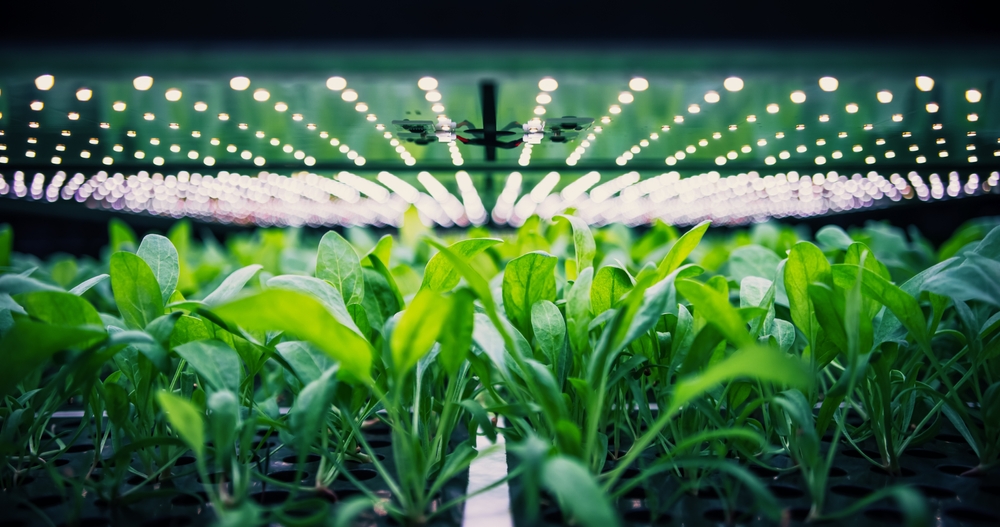
Analytical Labs
Analytical labs, which rely heavily on instruments and precision equipment, demand bright and consistent lighting to reduce eye strain during detailed work.
High-CRI lighting is essential to ensure accurate readings on instrument displays and to differentiate between subtle color changes in samples. Adjustable task lighting can also enhance visibility in areas where detailed analysis is performed, while ambient lighting should be bright but evenly distributed.
Clinical Labs
Clinical laboratories focus on diagnostics, making accurate color rendering a top priority. Proper laboratory lighting ensures that color-based evaluations, such as blood sample analysis, are performed accurately.
Lighting in clinical labs should have a high CRI (90 or above) to maintain color fidelity. LED lighting with adjustable color temperatures allows the lab to switch between cooler and warmer light, depending on the nature of the examination, ensuring that diagnostics are clear and accurate.
Electronics and Engineering Labs
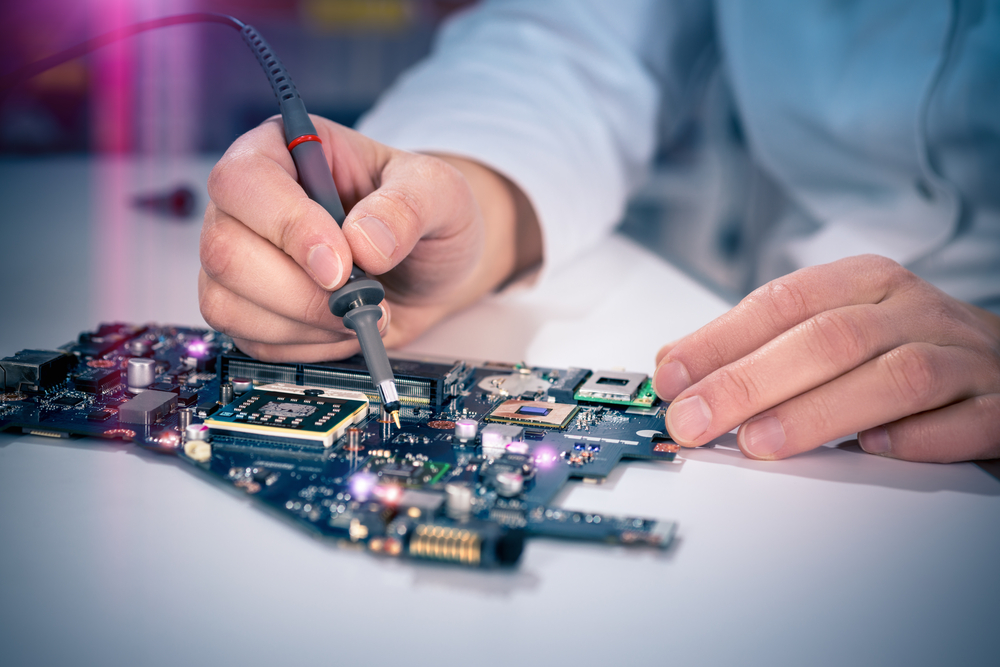
For electronics and engineering labs, where intricate components are assembled or analyzed, bright, focused laboratory lighting is key.
Adjustable task lighting is a must, allowing researchers to concentrate light precisely where needed. Cool, high-lumen lighting helps highlight details, while flexibility in adjusting brightness levels is beneficial for working on various projects. LEDs with dimming options provide the adaptability required for these technical environments.
Understanding the specific lighting needs of different research environments allows for a tailored approach that boosts efficiency, safety, and research quality. Whether handling chemicals, analyzing biological samples, or assembling intricate electronics, the right laboratory lighting solution makes a significant difference.
Safety and Compliance Considerations
Safety is a top priority in any lab setting, and laboratory lighting plays a critical role in maintaining a secure and compliant environment. From reducing risks to meeting regulatory standards, understanding safety and compliance in lab lighting is essential for protecting researchers and maintaining high-quality research standards.
Regulatory Standards
Various safety and compliance standards govern the design and installation of laboratory lighting in research facilities. Key guidelines include:
- OSHA (Occupational Safety and Health Administration): Provides standards for safe workplace lighting to prevent accidents and minimize visual strain. OSHA guidelines emphasize adequate brightness and proper fixture installation to reduce hazards.
- ANSI (American National Standards Institute): Sets recommendations for lighting levels, color rendering, and glare reduction in laboratories. Compliance with ANSI standards ensures that laboratory lighting meets safety and performance expectations.
- ISO (International Organization for Standardization): International standards such as ISO 8995 dictate best practices for indoor lighting, covering safety, productivity, and ergonomic considerations.
Adhering to these standards not only keeps laboratories compliant, but also supports a safer and more effective working environment.
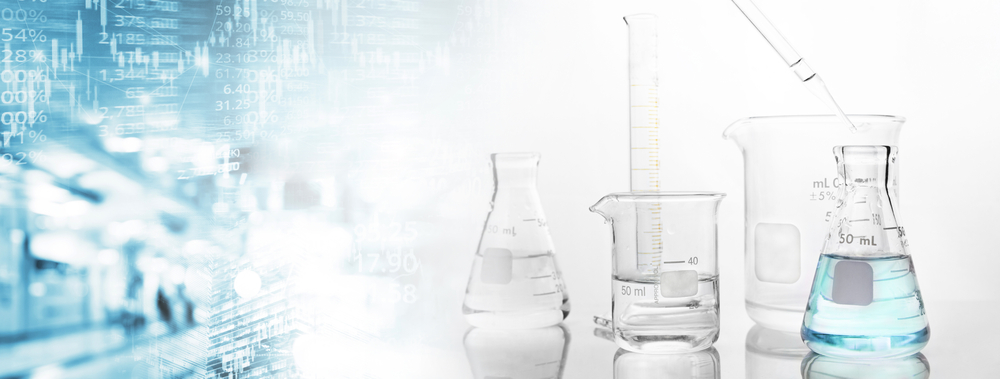
Minimizing Risk
To create a safe workspace, laboratory lighting must be carefully planned to minimize potential hazards. Here are some strategies:
- Reduce Glare: Glare can lead to eye strain, discomfort, and even accidents if researchers are distracted by harsh reflections. Use diffused lighting, indirect fixtures, or matte work surfaces to reduce glare in critical areas.
- Eliminate Shadows: Shadows can obscure important details, leading to errors or unsafe conditions. Proper fixture placement and the use of multiple laboratory light sources can help eliminate shadows, especially around workstations where precision is crucial.
- Prevent Flicker: Flickering lights can cause eye fatigue and headaches, impacting researchers’ comfort and focus. Choose high-quality LED lighting that offers stable illumination without flicker, even at dimmed levels.
Emergency Lighting
Emergency laboratory lighting is a vital aspect of lab safety. It ensures that researchers can safely navigate the space during power outages or other emergencies. Key considerations include:
- Backup Power Systems: Emergency lighting should be connected to an independent power source, such as battery backups or generators, to maintain functionality during outages.
- Escape Route Illumination: Emergency lighting must clearly illuminate escape routes, exits, and critical equipment. High-contrast lighting and signage ensure that emergency paths are visible and accessible.
- Regular Testing: Periodic testing of emergency lighting systems is essential to ensure they function correctly in case of an emergency. Compliance with standards like NFPA 101 (Life Safety Code) ensures that emergency lighting meets necessary safety requirements.
Understanding safety and compliance considerations when optimizing laboratory lighting creates an environment where researchers can work confidently and efficiently. It also ensures that the lab adheres to local and international safety standards, providing a reliable foundation for all research activities.
Advanced Lighting Technologies for Modern Labs
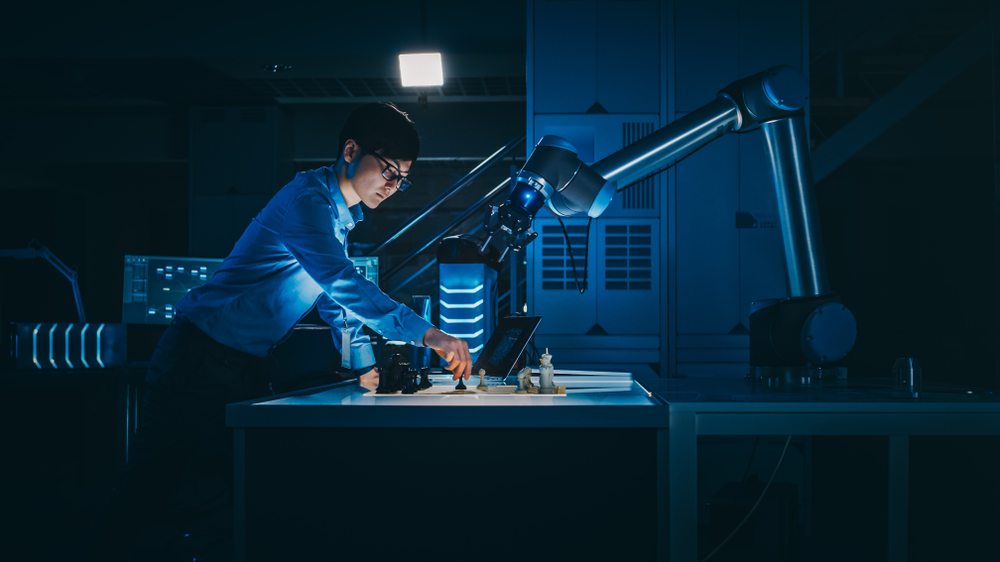
Modern laboratories require lighting solutions that are not only effective but also adaptable and efficient. Advanced lighting technologies are revolutionizing the way laboratories operate, offering energy efficiency, improved control, and enhanced research conditions.
Below, we explore some cutting-edge lighting technologies making a difference in today’s labs.
LED Innovations
LED technology has become the cornerstone of modern laboratory lighting due to its energy efficiency, durability, and flexibility. Key benefits include:
- Energy Efficiency: LEDs use significantly less energy than traditional incandescent or fluorescent lighting, reducing electricity costs and environmental impact.
- Longevity: With a longer lifespan, LEDs require fewer replacements, minimizing maintenance interruptions.
- Customizable Color Temperature: LEDs offer a wide range of color temperatures, from warm to cool light, allowing labs to adapt the lighting to specific research needs, whether it’s a bright white light for detailed work or softer lighting for a more relaxed atmosphere.
Smart Lighting Systems
Smart lighting systems bring automation and convenience to laboratories, offering enhanced flexibility and control. These systems typically include:
- Motion Sensors: Automatically adjust lighting based on room occupancy, reducing energy usage when spaces are unoccupied.
- Dimming Controls: Easily adjustable light levels, allowing researchers to customize lighting intensity depending on the task.
- Scheduling Features: Programmable lighting schedules that adapt to lab activities or follow a circadian rhythm, supporting researchers’ well-being and productivity.
Tunable White Lighting
Tunable white lighting allows labs to adjust both the brightness and color temperature dynamically. This technology is particularly beneficial for labs that require different lighting conditions at various times of the day:
Daylight Simulation: Simulates natural light for environments where exposure to daylight is limited, improving mood and focus.
Reduced Eye Strain: Allows researchers to set cooler, brighter lighting during detailed work and switch to warmer tones for general tasks, reducing eye strain and fatigue.
Light Color Adjustments
Adjustable light color can play a crucial role in research that relies on precise color evaluation. Advanced LED systems can be tuned to specific wavelengths or hues to enhance visibility in detailed work:
- Enhanced Color Rendering: Some LED systems are designed to have an ultra-high CRI, ideal for tasks that require true color representation, like clinical diagnostics or chemical analysis.
- Specialized Wavelengths: For laboratories conducting biological or chemical research, lighting that can emit specific wavelengths (such as UV or near-infrared) may be necessary for specialized experiments.
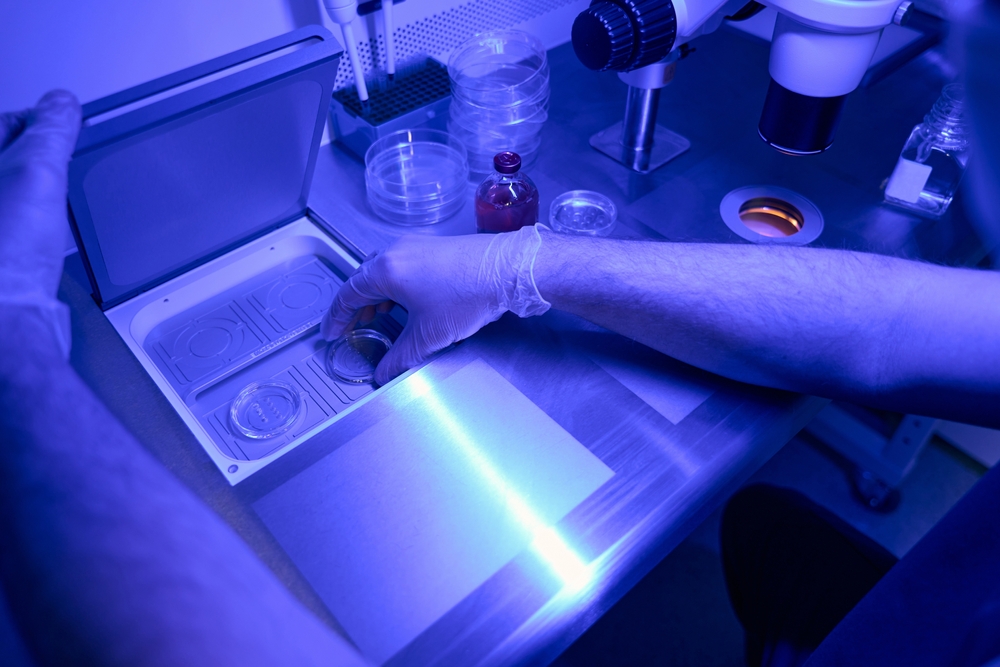
Human-Centric Lighting
Human-centric lighting focuses on aligning light with natural circadian rhythms to support researchers’ health and productivity:
- Circadian Rhythm Support: Lighting that mimics natural daylight patterns can improve alertness during day shifts and support restful conditions for night work.
- Health and Well-being: Exposure to appropriate light spectrums can reduce fatigue, improve focus, and contribute to the overall comfort of lab personnel, enhancing the quality of research outcomes.
Adopting advanced lighting technologies offers laboratories improved energy efficiency, greater flexibility, and better support for specialized research requirements. These innovations ensure that labs are not only equipped for today’s challenges, but are also adaptable to future needs.
Tips for Optimizing Laboratory Lighting Layout
An effective lighting layout is essential to create a functional and comfortable laboratory environment. Proper placement of light fixtures, control over shadows, and strategic use of task lighting can significantly enhance the lab’s efficiency and safety. Below are some practical tips for optimizing the lighting layout in any laboratory setting.
Fixture Placement
The correct placement of laboratory lighting fixtures is crucial to minimize glare and ensure even light distribution throughout the lab:
- Overhead Lighting: Install overhead lights at a consistent height to provide uniform ambient illumination without casting harsh shadows. LED panel lights are ideal for evenly lighting larger spaces.
- Avoid Direct Glare: Position fixtures to avoid direct light shining into researchers’ eyes. Use indirect lighting or diffusers to soften the intensity of overhead lights, particularly above workstations.
- Focus on Work Areas: Place additional lighting directly above workbenches and lab tables to concentrate light where it is most needed, enhancing visibility for detail-oriented tasks.
Task Lighting Enhancements
Task lighting is critical for precision work and reducing eye strain in specific areas of the lab:
- Adjustable Desk Lamps: Use flexible and adjustable desk lamps with dimmable LED bulbs for detailed activities that require focused illumination. Choose lamps that offer a range of brightness levels and color temperatures.
- Under-Cabinet Lighting: Install under-cabinet lights to illuminate countertops and reduce shadows, particularly in storage or preparation areas. LEDs are a popular choice due to their compact size and bright output.
- Spotlighting for Instruments: Consider using spotlight fixtures for specialized equipment or areas that require high visibility, ensuring that every angle is well-lit during use.
Reflection and Shadow Management
Managing reflections and shadows is key to maintaining a clear and safe working environment:
- Use Diffusers: Incorporate diffusers in fixtures to scatter light evenly and eliminate harsh reflections on shiny surfaces like glassware or lab benches.
- Opt for Matte Surfaces: Choose matte finishes for countertops, cabinets, and walls to minimize glare and improve light absorption, making it easier to see fine details.
- Layered Lighting: Combine ambient, task, and accent lighting to create a balanced illumination that avoids casting shadows in critical areas. Layered lighting adds depth and ensures that all areas receive adequate illumination.
Maximize Natural Light
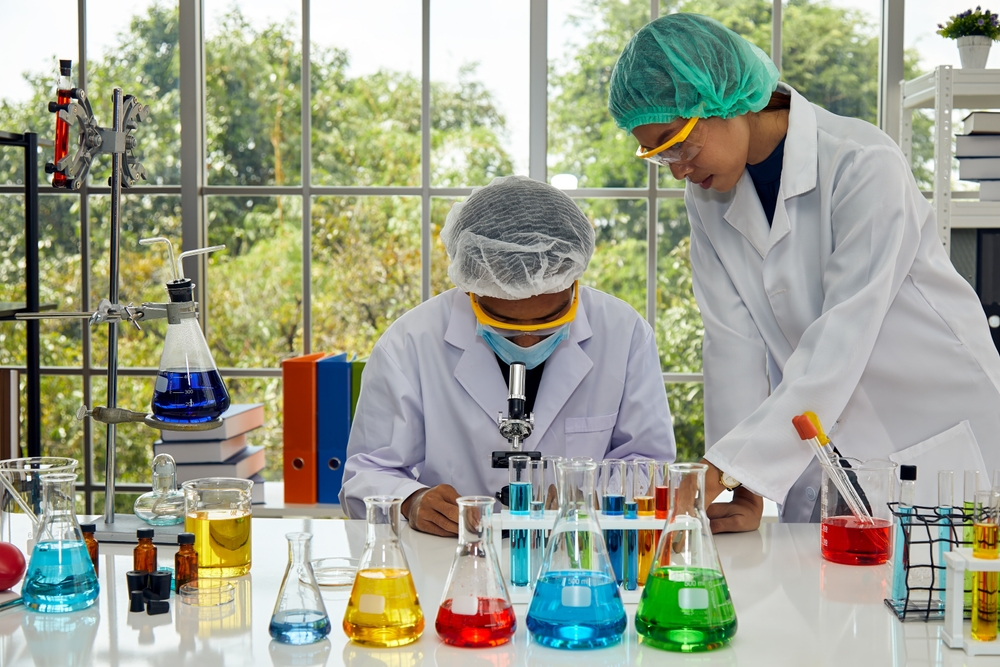
When possible, maximize the use of natural light to reduce energy consumption and create a more comfortable working atmosphere:
- Position Workstations Near Windows: Place workstations close to windows or skylights to take advantage of daylight, but ensure that direct sunlight does not interfere with precision work.
- Control Sunlight: Use adjustable blinds or shades to control the intensity of natural light, avoiding glare or heat buildup while maintaining a bright workspace.
- Combine Natural and Artificial Light: Use a combination of natural light and artificial sources to maintain a consistent brightness level throughout the day, ensuring that researchers have optimal visibility at all times.
Consider Future Adjustments
An adaptable lighting layout can accommodate future changes in lab setup or research needs:
- Modular Fixtures: Choose modular or track lighting systems that can be easily repositioned as the lab’s layout evolves or as new equipment is added.
- Dimmable Lights: Install dimmable lighting for flexibility in light intensity, allowing for adjustments depending on the time of day or task.
- Easy Maintenance: Ensure that light fixtures are easy to access for maintenance or bulb replacements, minimizing disruptions to research activities.
A well-thought-out lighting layout can dramatically improve the functionality of a lab. By strategically placing fixtures, managing shadows, and ensuring adaptability, you can create a lighting environment that supports accuracy, safety, and comfort for all research activities.
Future Trends in Laboratory Lighting
The landscape of laboratory lighting is constantly evolving as new technologies and research demands push the boundaries of what’s possible. In the coming years, advancements in lighting technology will focus on greater adaptability, energy efficiency, and the integration of smart features to enhance research environments. Below are some of the most promising trends shaping the future of laboratory lighting.
Smart Lighting Integration
Smart lighting systems are rapidly gaining popularity in modern labs, offering enhanced flexibility and control. These systems are equipped with advanced sensors and automation features that optimize lighting conditions based on real-time data:
- Voice and App Control: Future smart lighting systems will allow voice-activated commands and app-based control, enabling researchers to adjust lighting conditions hands-free.
- Adaptive Lighting: Systems that automatically adjust light levels based on the time of day, room occupancy, and the specific task at hand will become standard. This enhances both energy efficiency and researcher comfort.
- IoT Connectivity: The Internet of Things (IoT) will enable connected lighting systems that can communicate with other lab equipment, streamlining workflows and allowing for more integrated research environments.
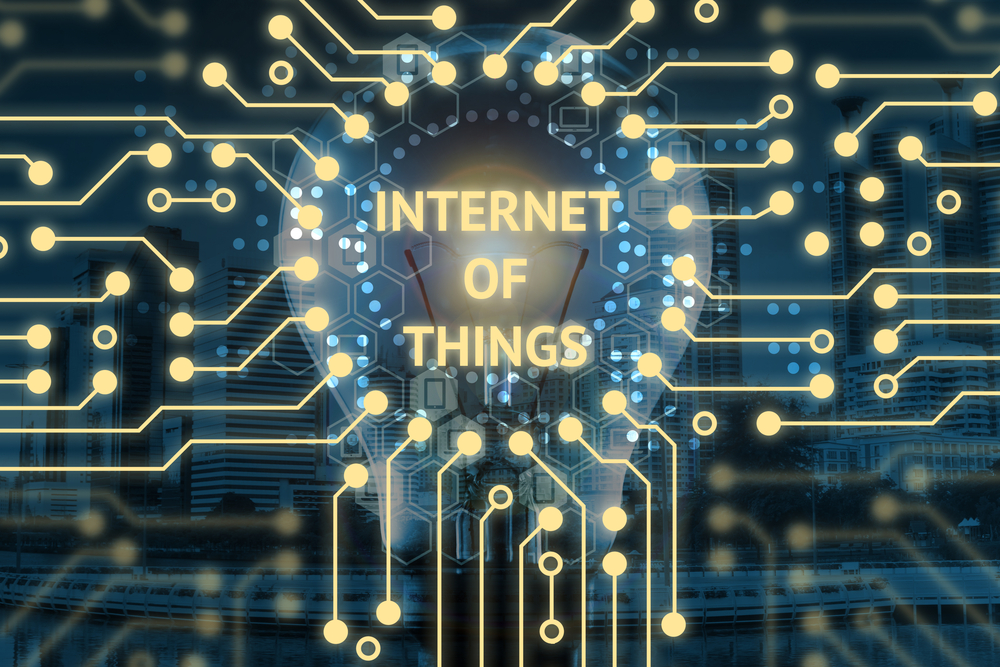
Human-Centric and Circadian Lighting
Human-centric lighting, designed to align with the natural circadian rhythms of researchers, is gaining traction in lab settings. This trend focuses on enhancing the well-being and productivity of lab personnel:
- Circadian Rhythm Support: Lighting systems that shift color temperature throughout the day to mimic natural daylight patterns are expected to become more sophisticated, reducing fatigue and enhancing focus.
- Improved Well-Being: As awareness of the impact of light on mood and productivity grows, laboratories will increasingly invest in lighting solutions that support the mental and physical health of researchers.
Energy Efficiency and Sustainability
Sustainability will remain a major focus as laboratories seek to minimize their environmental impact. Future lighting solutions will be designed with energy conservation and eco-friendliness in mind:
- Advanced LED Technology: LEDs will continue to evolve, offering even higher energy efficiency, longer lifespans, and improved color rendering while maintaining low-heat output.
- Solar-Powered Lighting: Labs may incorporate solar panels to power lighting systems, particularly in facilities with access to ample natural light. Hybrid systems that combine solar with traditional power sources will help reduce energy consumption.
Recyclable and Eco-Friendly Materials: Future fixtures will likely use sustainable materials that are easier to recycle or dispose of, supporting a more eco-conscious laboratory environment.
Enhanced Customization with Dynamic Lighting
Dynamic lighting allows labs to adjust the lighting environment in real time to meet specific research needs. This flexibility is set to become more advanced:
- Programmable Light Settings: Advanced systems will enable labs to pre-program various lighting scenes for different research scenarios, allowing rapid transitions between lighting modes.
- Color-Tunable LEDs: The next generation of LEDs will offer more precise control over color temperature, brightness, and wavelength. This allows for laboratory lighting that can be finely tuned to the needs of specific experiments, improving accuracy and reliability.
UV-C Disinfection Lighting
UV-C lighting technology is gaining interest for its ability to disinfect surfaces and air by neutralizing harmful pathogens. As health and safety remain top priorities in labs, this trend is expected to grow:
- Integrated UV-C Fixtures: Labs may install UV-C lighting systems that can be activated during off-hours for automatic disinfection. This minimizes contamination risks without interrupting research activities.
- Portable UV-C Devices: Future labs may incorporate portable UV-C devices for targeted disinfection of lab equipment, benches, and workstations, ensuring a sterile environment without the need for harsh chemicals.
Laser and Specialty Lighting
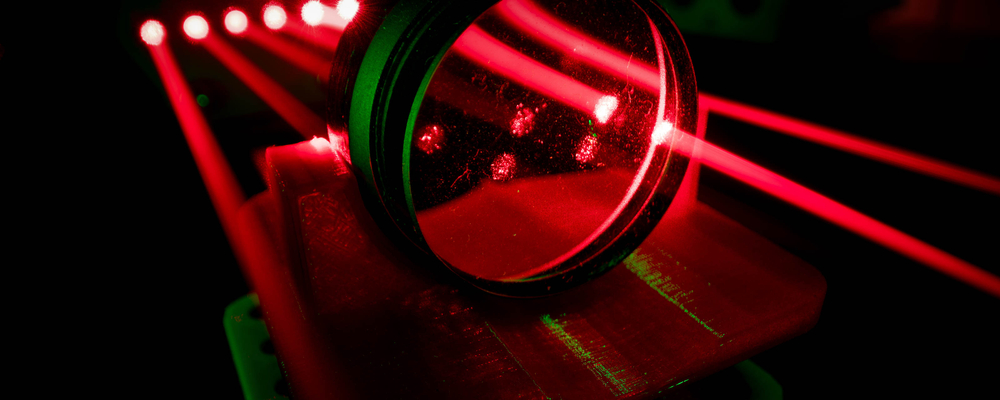
Cutting-edge research will drive the demand for highly specialized laboratory lighting solutions, including laser-based lighting:
- Precision Lasers for Experiments: As experiments become more complex, the demand for specialized lighting sources like laser-based systems, capable of producing consistent and precise wavelengths, will increase.
- Advanced Microscopy Illumination: New lighting systems will support enhanced microscopy techniques, enabling clearer imaging and more detailed analysis at the microscopic level.
As laboratories evolve, so will the lighting technologies that support them. From smart, adaptive systems to energy-efficient innovations and health-conscious solutions, the future of laboratory lighting promises to be brighter, smarter, and more tailored to the needs of cutting-edge research.
Conclusion
Optimizing laboratory lighting is a crucial aspect of creating an effective, safe, and productive research environment.
From understanding the basics of lighting types to integrating advanced technologies tailored to specific research needs, a well-thought-out lighting strategy can significantly impact the quality and accuracy of scientific work.
By focusing on safety and compliance, adopting modern lighting technologies, and following practical layout tips, laboratories can elevate their research potential and create a space that supports both precision and well-being.
As the future of laboratory lighting continues to evolve, staying ahead of trends like smart lighting systems, human-centric designs, and sustainable solutions will be key. Investing in the right lighting now not only improves current research conditions, but also future-proofs your laboratory for the advancements to come.
If you’re ready to optimize your laboratory’s lighting and explore cutting-edge solutions tailored to your specific needs, consult our laboratory design experts at Genie Scientific. We’re here to help you create a lighting environment that enhances safety, efficiency, and research quality. Contact us today to discuss the best lighting options for your unique lab setup and to stay ahead in the ever-evolving world of laboratory design.

